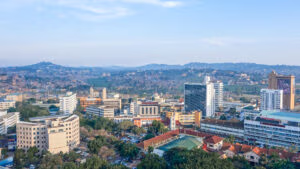South Africa will have to make a distinct shift to embrace the new norms in global climate and energy landscape discussions. Current infrastructure relies heavily on fuels that are not necessarily the most environmentally friendly, and this poses a threat to the country’s role in a global energy sector with net-zero emissions by 2050. In June 2021, President Cyril Ramaphosa also made a landmark announcement that they will be amending Schedule 2 of the Electricity Regulation Act, which increased the NERSA licensing threshold for embedded generation projects from 1 MW to 100 MW. As a result, industries such as mining, manufacturing, and utilities are well-positioned to embrace this shift in energy generation to help the country meet its 2050 goals and potentially offset electricity costs.
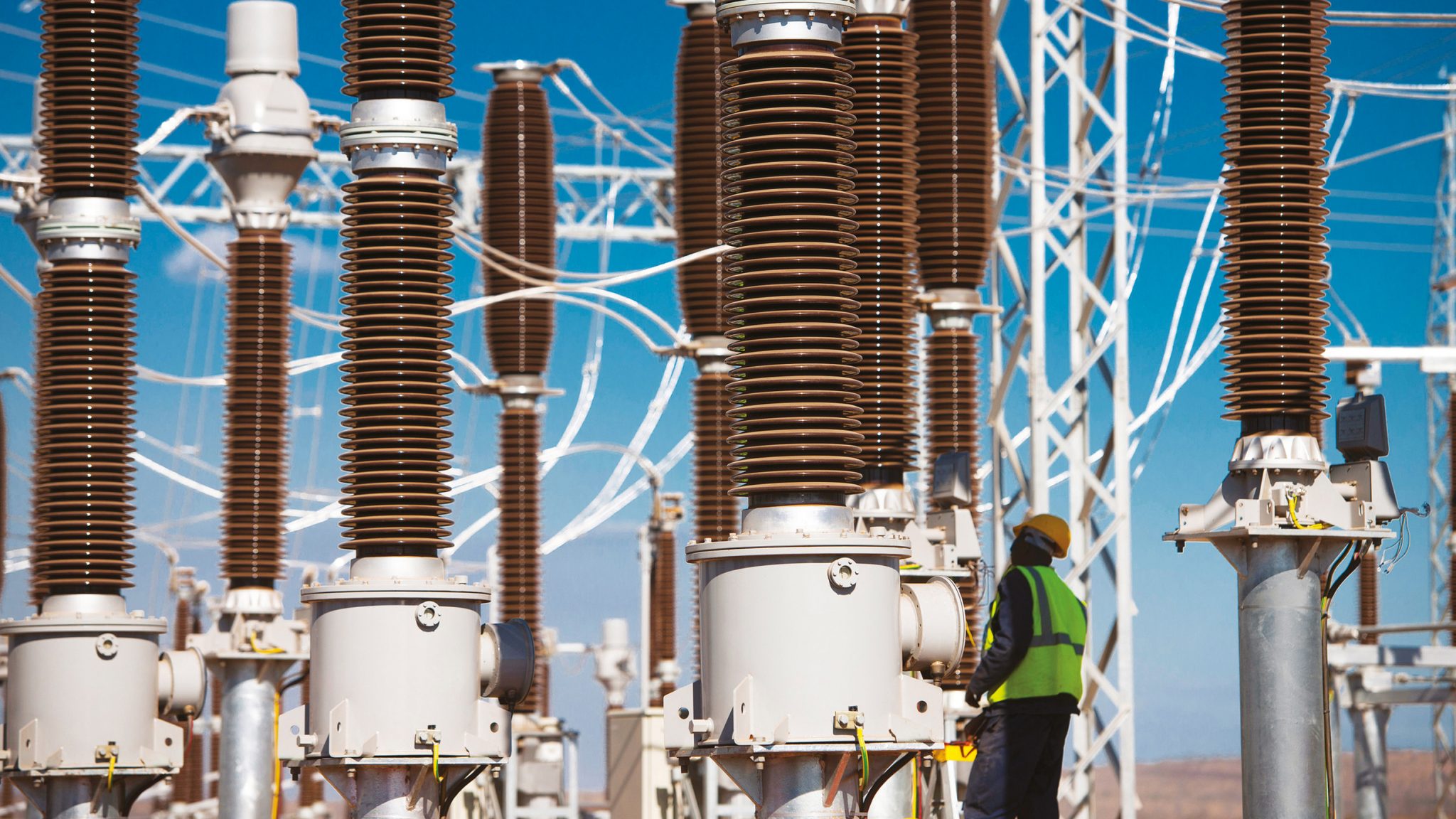
There are several power-intensive industries that are looking to improve energy consumption to drive down costs. These industries include but are not limited to, mining, manufacturing, and utilities. We know, for example, that energy is a fairly large contributor to the cost base of mines. Therefore mines are increasingly looking at ways of shaving that cost, while still ensuring the stability of operations. Here a hybrid of different technologies can be applied to do just that. By considering a mix of photovoltaic (PV), thermal, solar, and battery solutions, mines can reduce their reliance on grid energy and reduce their costs. While we do not foresee mines necessarily shifting their focus to generating energy to sell back to Eskom, it would enable them to potentially sell excess capacity that they do not need, therefore offsetting even more energy costs, which means that they will have an uninterrupted, reliable power supply, while also saving on costs.
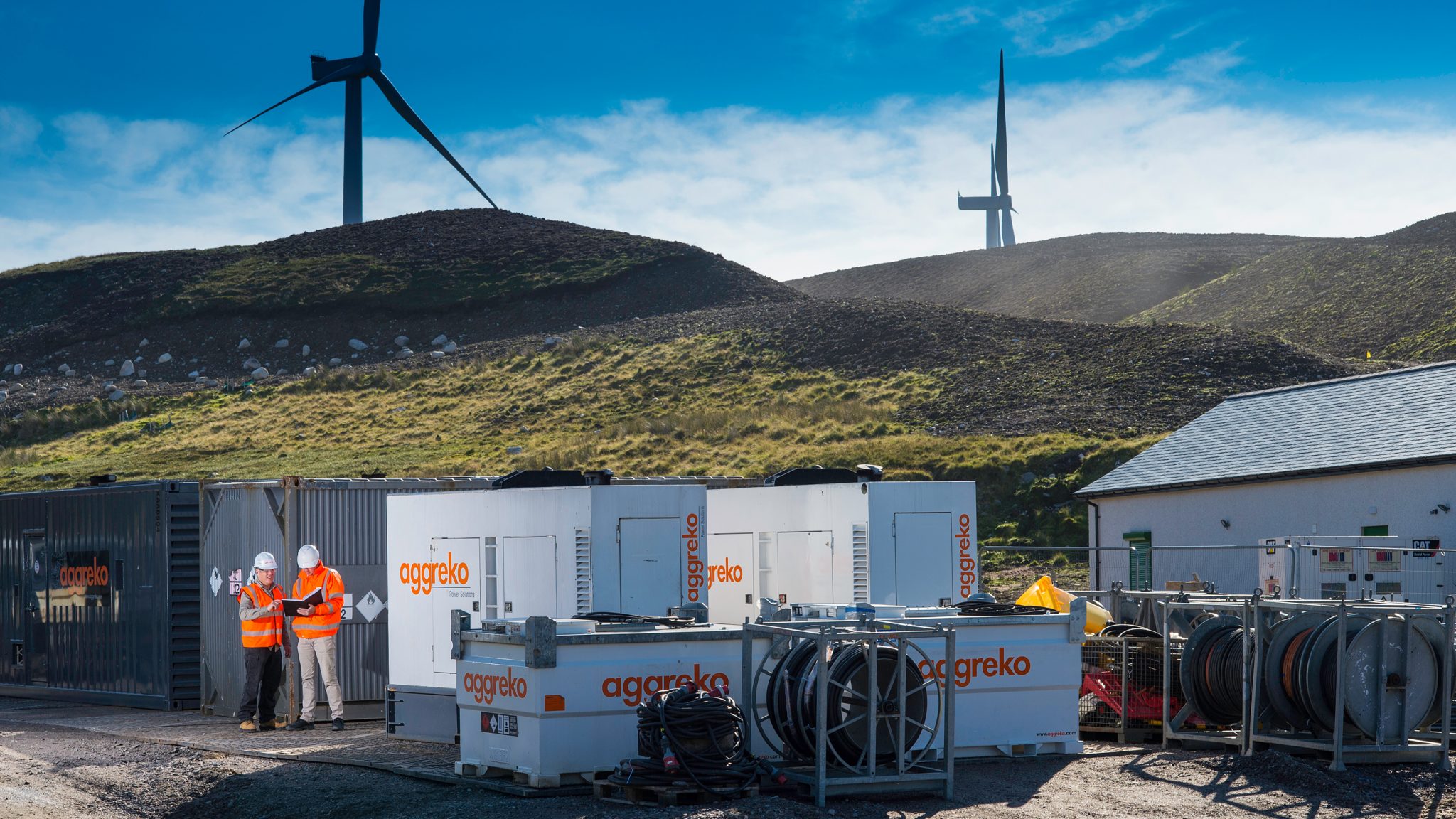
In South Africa, legislation requires that mine feeders have at least two sources of power. This is particularly important for shaft mining as they need to ensure that if one source of power fails, they still can hoist people to the surface. So, while there will still be reliance on the grid, a mine will also have a standby plant, running complementary to one another. A key opportunity for mines, however, is peak shaving. So, if you have the technology installed for full standby or complimentary power provision, why not run it in parallel to the grid to reduce your energy consumption during peak hours to further drive down costs? These standby or complimentary grids can comprise PV, thermal, and a battery storage solution, or different combinations of these, depending on client requirements.
Many mines also operate in remote locations, making it unrealistic and unfeasible to rely on the national grid. While it would be difficult to move completely off-grid, we recommend a hybrid solution that runs parallel to the grid, which would allow the mine to reduce energy consumption during peak rates.
Each solution can be tailored to meet the specific clients’ requirements and will already make a big difference in the cost of operations as it will reduce the cost of energy, while also paving the way for our clients to reduce their carbon emissions as the world moves towards cleaner energy fuel sources. This is also in line with Aggreko’s global commitment to reducing its carbon emissions and use of diesel fuel with customers by 50% by 2030 and achieving net-zero across its fleet by 2050.
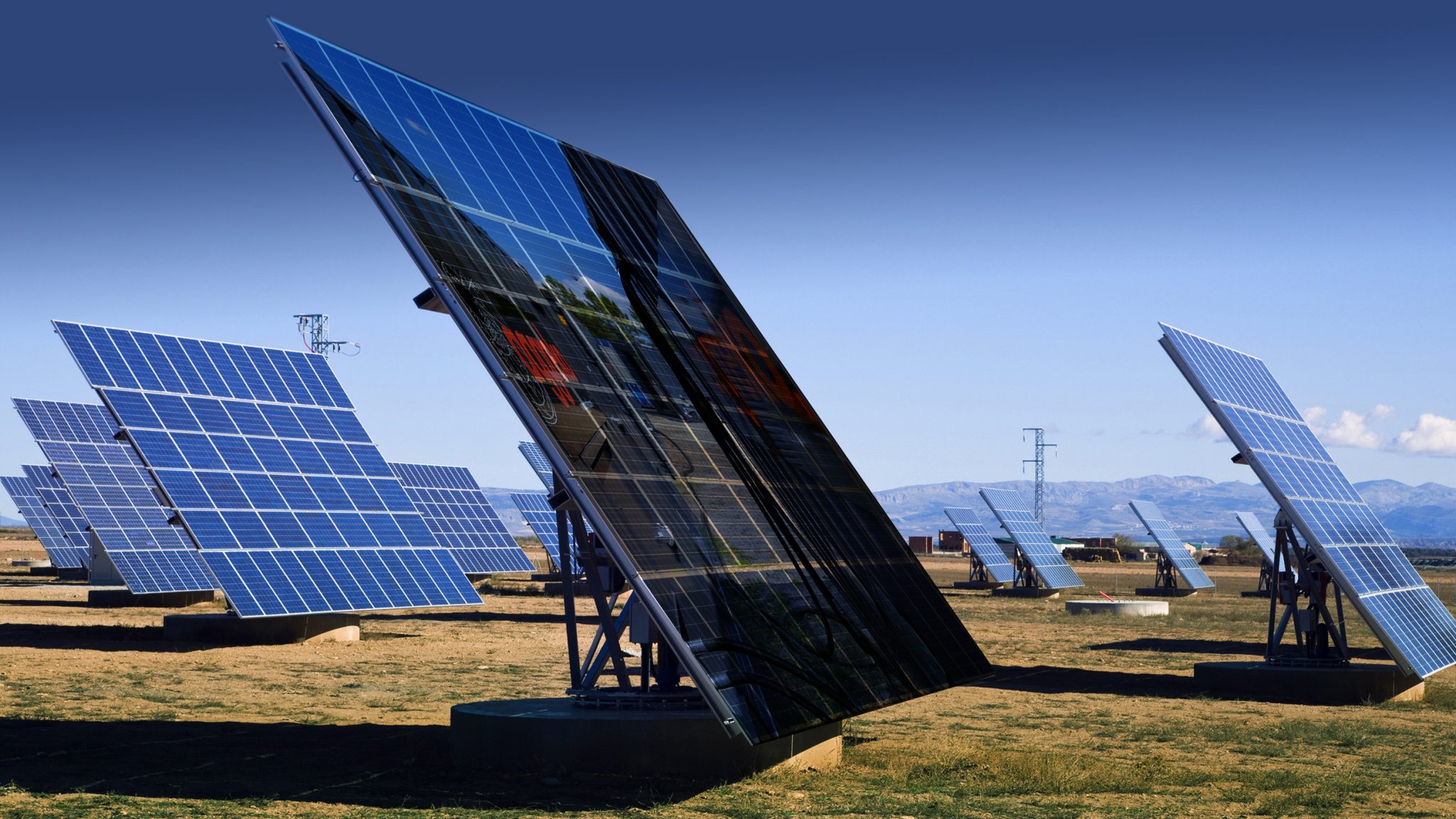
DRIVING THE ENERGY TRANSITION IN WEST AND CENTRAL AFRICA
As countries in West and Central Africa face a rising demand for power, fuelled by growing populations and industry, there is an opportunity to introduce an improved energy mix to aid them on their journeys to reduce carbon emissions. According to Kweku Frempong, recently appointed as Area General Manager for WACA at Aggreko, it is critical as countries look to increase their energy generation capacity to look at flexible commercial and technical solutions that incorporate a mix of thermal and renewable resources.
“As Aggreko we are leading the journey on transitioning to more eco friendly fuels to generate electricity,” he says. “As a global organisation we have already made a commitment to reduce our carbon emissions and use of diesel fuel with customers by 50% by 2030 and achieving net-zero across our fleet by 2050. We are also working closely with our partners to deliver flexible and cost-effective financing models for most of our customers as a sustainable financing model is a key ingredient in solving the energy issues in the region.”
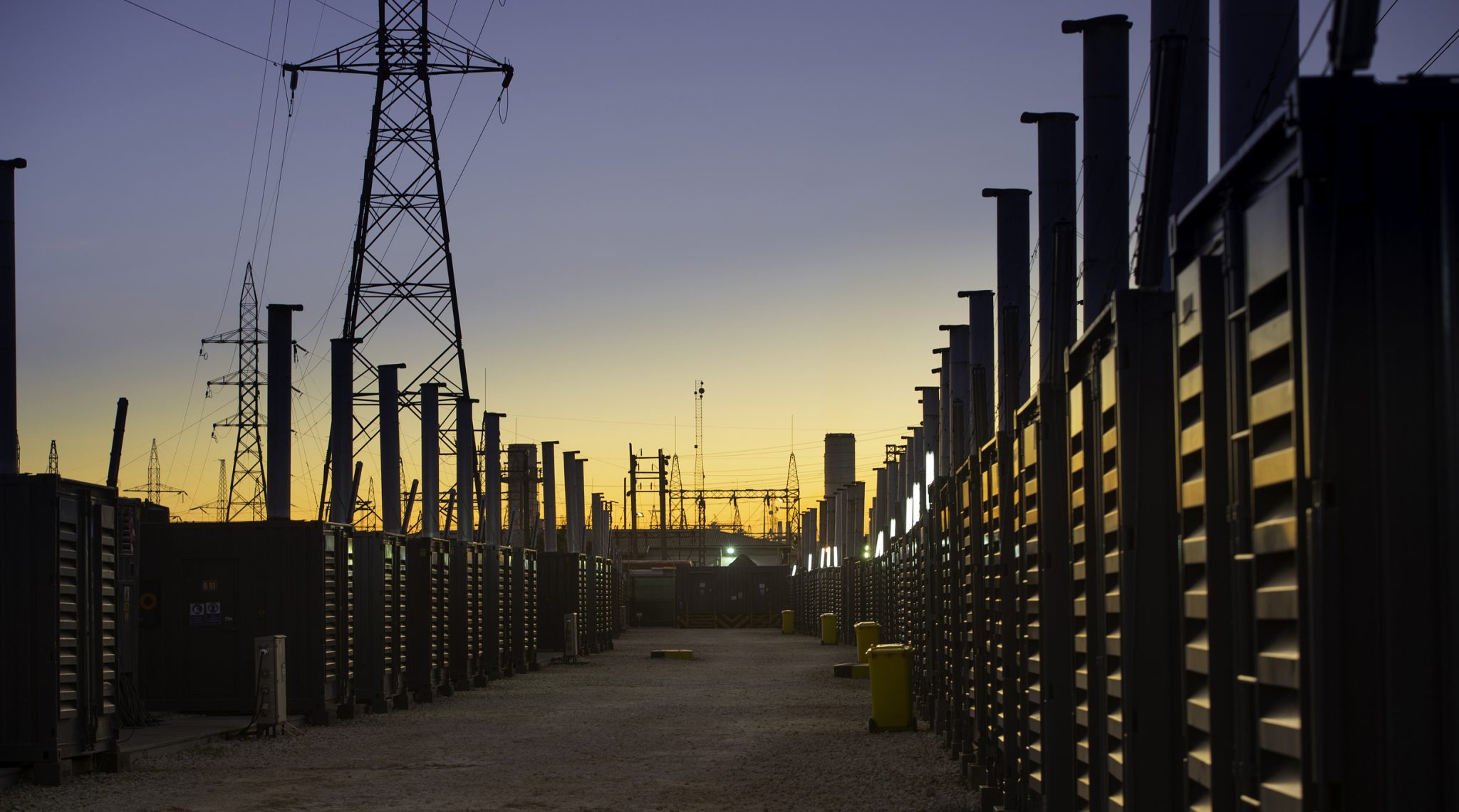
Frempong adds that along with the move to using alternative fuel sources in the region, there is also an aggressive push for decentralised power on the continent, especially in remote areas with small populations where it is not cost-effective to connect them to the grid. “We have seen growth in micro and mini-grids in most parts of Africa and this is playing a critical role in ensuring energy security and supporting failing infrastructure.”
Countries like Cote d’Ivoire, Ghana and Nigeria have long faced long periods with no investment in the grid and transmission and distribution lines. “The lack of investment into the grids in these countries have led to a lot more power outages,” he says. “It is estimated that there is a 60% funding gap between the current demands and the funds available to bridge that gap. I must add, however, that we are beginning to see changing economic models and structures with more countries moving to service and cost-reflective tariffs. Historically, we have lived with energy subsidies from government in most parts of Africa, but these cost-reflective tariffs will open up most of these economies for the much-needed funding that is required.”
Frempong says another noticeable trend is that of regulatory changes around decentralisation. “We are seeing a lot of economies moving to a willing seller, willing buyer model. We saw this recently in South Africa and Nigeria, where the countries have relaxed the traditional models of transmission and distribution to the consumer as well as to key sectors such as manufacturing and mining who have significant power needs. They can now also contract directly with independent power producers (IPPs) to meet their power demands, which in turn opens up these economies for private sector investment in the power sector.
He says that while it was anticipated that Africa would leapfrog into renewables, the transition has been modest to date. “Often where the demand is urgent, countries look for immediate solutions, which is often thermal. While there are strategies for the long-term transition to renewables, many countries remain focused on addressing the immediate need and this sometimes puts renewables on the backburner. There is, however, scope to move along this journey faster than anticipated. As more countries affirm their commitment to the 2020 ambitions and 2050 net zero emissions, we hope to see funding made available for large-scale hybrid projects. While we have already seen this happen in countries like Egypt and South Africa, there is still a need to rebalance between the immediate need for power for the population while also looking at the long-term solutions for renewables.”
“As Aggreko we have become more focused on long-term power solutions rather than temporary solutions,” concludes Frempong. “We are equipped with commercial and technical solutions, which can be used to alleviate the immediate pressures that countries are facing, while helping our clients transition to medium and long-term solutions to help them toward their long-term renewable goals,” he says.
“We are clear on our commitment to reduce our diesel footprint by 2030 and can work across industries including data centres, mining companies, manufacturers and those in the oil and gas sector to provide them solutions that incorporate other fuel sources to reduce their carbon footprint. We can assist with a variety of hybrid solutions incorporating flare to power and renewables to support the economies in the region as well as industry towards their long-term renewable goals as they seek to transition to cleaner and greener fuel sources.


